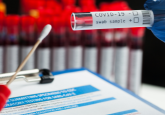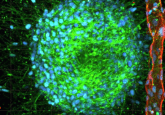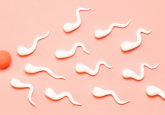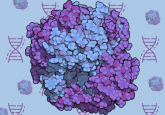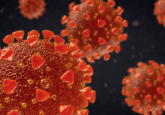First baby born using new in vitro technique
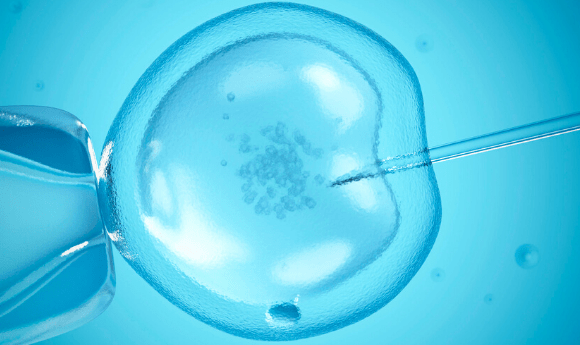
The first child has been born following an in vitro maturation procedure performed to combat cancer treatment-induced infertility.
Cancer treatments such as chemotherapy and radiotherapy can affect fertility, and thus fertility counselling may be offered to those at-risk.
The standard option those affected might choose is an IVF procedure, using hormones to stimulate egg production; however, in some instances this is not recommended, for example when it might exacerbate the cancer. Another option is ovarian tissue cryopreservation, with tissue reimplanted on recovery, but this is an invasive operation and comes with its own risks – for example, risk of return if the cancer has metastasized to the ovarian tissue before removal.
In the current case, neither of the standard options were recommended. Fertility specialists at Antoine Béclère University hospital (Clamart, France) instead took immature eggs, matured them in the lab for 1–2 days, and vitrified them.
Vitrification involves freezing cells rapidly in nitrogen – this freezing process reduces the likelihood of ice crystals forming, which would rupture the eggs.
“We didn’t know whether or not the frozen eggs would survive and keep their potential to produce a pregnancy and live birth,” commented Michaël Grynberg, head of reproductive medicine and fertility preservation at the hospital.
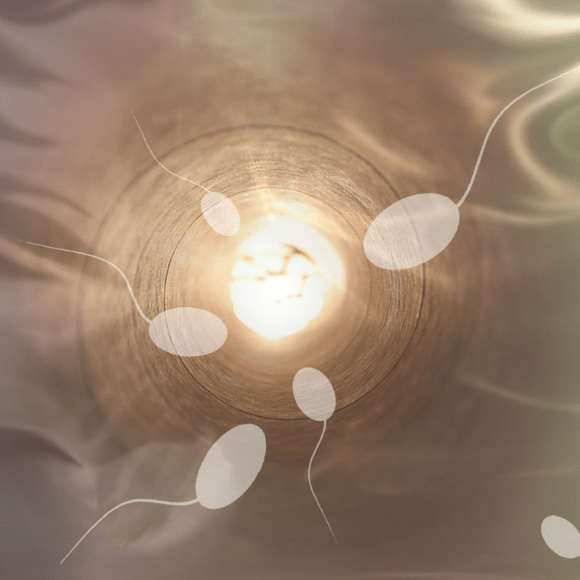 Transgender fertility: producing viable sperm after stopping gender-affirming medications
Transgender fertility: producing viable sperm after stopping gender-affirming medications
A case series has provided new insights into transgender fertility options for male to female patients, showing it is possible to regain sperm function after ceasing gender-affirming medication treatment.
Indeed, the process of in vitro maturation (IVM) in humans has resulted in complication and debate. While it has been common in veterinary practice for decades, the need to treat each egg separately according to development stage has made choice of culture conditions and experimental protocols complicated. This led to it being out of favor compared to other techniques. However, children have been born using IVM, although there has previously been no freezing step involved.
Following recovery and the discovery of infertility 5 years later, Grynberg’s team thawed seven eggs, of which six survived. Following fertilization with intracytoplasmic sperm injection, one resulted in a successful pregnancy and the birth of a child.
One interesting advantage of the IVM procedure is that it can be carried out in a slightly shorter timeframe than other techniques. “IVM enables faster progress to cancer treatment as the eggs are matured in the lab and so is a valuable option for those women where a delay could be critical, accepting the lower number of mature eggs that would then be frozen compared with the number anticipated after the stimulation of the ovaries for the collection of mature eggs,” explained Adam Balen, who was not involved in the study (Leeds Teaching Hospitals NHS Trust, UK).
While more women are undergoing the procedure, Grynberg’s team is attempting to improve its efficiency. Avenues of exploration include improving the culture medium used to mature the eggs and determining why the number of retrievable eggs varies dramatically between women.

